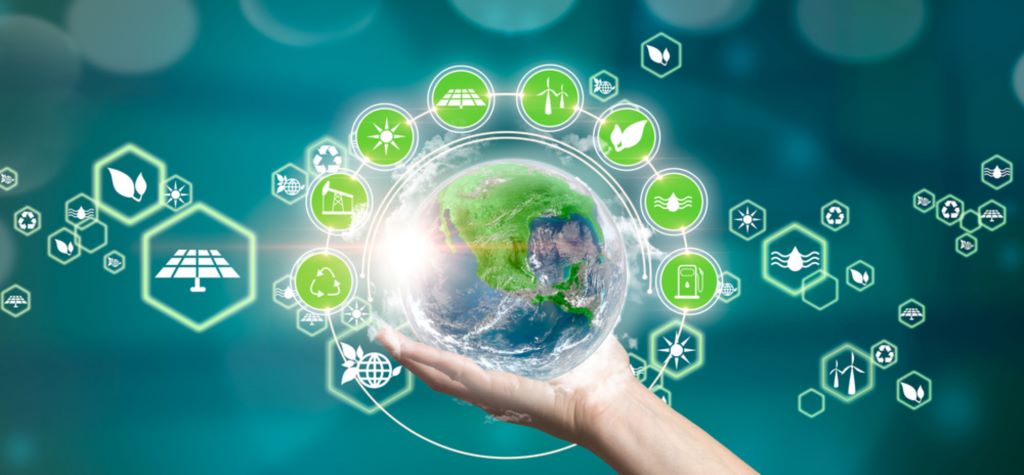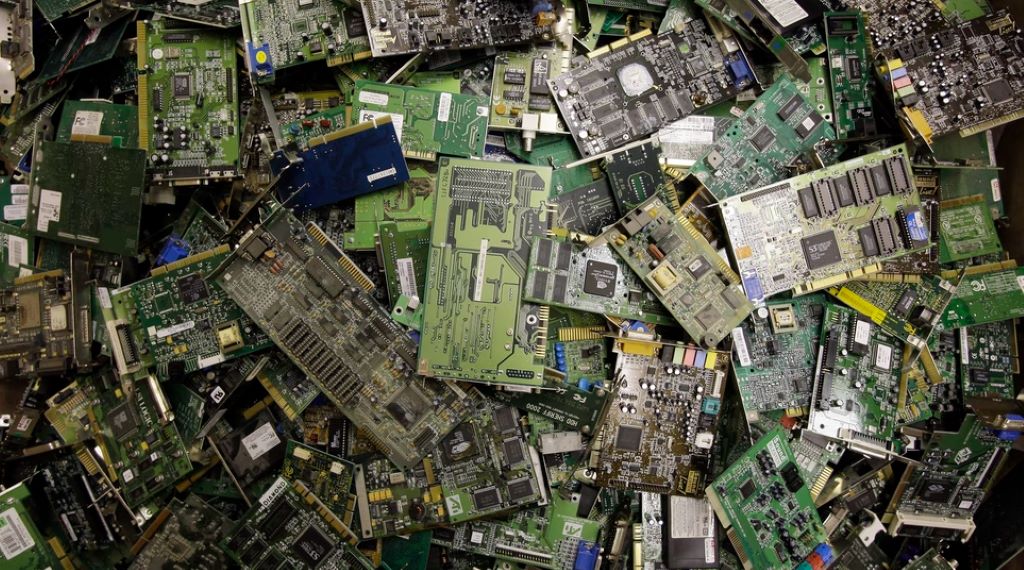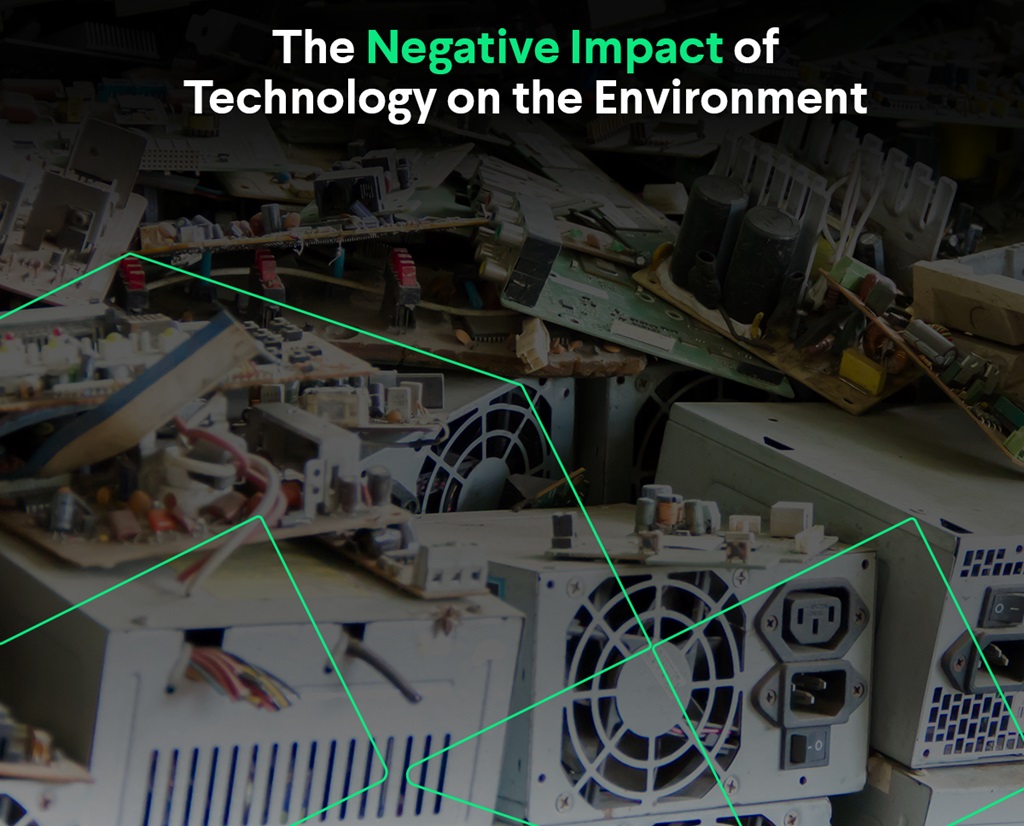
30 Dec What is an Example of New Technology Having a Negative Impact on Sustainability?
In recent years, social media has become an integral part of our lives. Platforms like Facebook, Instagram, and Twitter allow us to stay connected and share moments with friends, family, and followers from around the world. However, this new technology, while innovative, has also had some unintended consequences when it comes to sustainability. In particular, the rise of social media has led to increased energy consumption, e-waste, and overconsumption – all of which negatively impact the environment.
The Energy Impact of Social Media

Social media platforms require massive amounts of electricity to power their servers and data centers. In 2021 alone, data centers accounted for around 1% of global electricity demand. And a significant portion of that energy goes towards powering social media sites like Facebook and Instagram.
To put things into perspective, watching a half-hour video on YouTube requires about the same amount of electricity needed to power two standard light bulbs for an hour. When you consider that over a billion hours of video are watched on YouTube every single day, the energy required quickly adds up.
The electricity used to power social media data centers overwhelmingly comes from fossil fuels like coal and natural gas. As these non-renewable energy sources are burned to generate electricity, they release greenhouse gases like carbon dioxide into the atmosphere. Increased emissions contribute to climate change and poor air quality.
Some tech companies have taken steps to switch to renewable energy sources like solar and wind power. However, the sustainability gains made by giants like Facebook are often offset by their continuous expansion. The demand for social media continues to rise globally, requiring ever more servers and infrastructure to keep up. More data centers leads to higher energy demands.
E-Waste from Short-Lived Electronics

Another way social media contributes to unsustainable practices is through the electronic waste it generates. On average, consumers replace their smartphones every 2-4 years. With over 6 billion smartphone users worldwide, that leads to the trashing of hundreds of millions of phones annually.
Many of the rare earth metals and toxic chemicals used to make smartphones are unable to be recovered through recycling. As electronics get discarded into landfills, hazardous substances like mercury and lead can leak into soil and groundwater. This poses risks to both the environment and human health.
Laptops, tablets, and other devices used to access social media also contribute to the e-waste issue. The quick turnover of electronics fueled by consumer desire to have the latest and greatest gadgets is environmentally taxing. More recycling and extended use of electronics could greatly benefit sustainability.
Driving Overconsumption Culture
Social media also promotes overconsumption through the constant advertisements and desire to portray a particular lifestyle online. Platforms like Instagram and Facebook are filled with influencers and ads making us feel like we need to buy the latest fashion trends and luxury goods to fit in.
The rise of online shopping directly linked to social media marketing tactics has caused a huge spike in impulse buying. It’s easier than ever for users to make purchases with just the click of a button. Fast fashion brands rely heavily on Instagram and social media campaigns to market cheap clothing that falls apart quickly. This leads to more textile waste as the low-quality items get tossed out at a faster rate.
Travel influencers on sites like Instagram also fuel over tourism, driving unsustainable levels of visitors to certain destinations. The desire to capture that perfect shot for the ‘gram encourages consumerism and damages popular tourist spots.
Overall, social media promotes a culture of excess that causes users to buy more stuff than they need. The constant bombardment of ads and perfectly curated content pressures people to consume in the name of social status. This overconsumption is neither sustainable nor fulfilling long-term.

Steps Towards More Sustainable Social Media
While it’s clear social media has had detrimental impacts on sustainability, steps can be taken to mitigate the damage. Here are a few ways we can work to make sites like Facebook and Instagram greener:
- Reduce daily social media use to limit energy drainage
- Enable energy saving settings on devices
- Choose eco-friendly phone cases and accessories
- Recycle old electronics instead of trashing them
- Delete old photos and files to save digital storage space
- Limit impulse shopping triggered by ads and influencers
- Curate a more genuine social media feed that accurately reflects real life
- Use social platforms to promote sustainability tips and eco-friendly brands
- Request companies use renewable energy to power data centers
- Advocate for ‘right-to-repair’ laws to extend electronics lifespan
Small changes in how we interact with technology can go a long way. Being mindful of our energy consumption, e-waste output, and online influence will help social media become a more positive force.
Frequently Asked Questions
Q: What percentage of global electricity is used to power social media sites and data centers?
A: In 2021, data centers accounted for around 1% of global electricity demand. A significant portion of that energy goes towards powering major social media platforms like Facebook, Instagram, Twitter, and TikTok.
Q: How does social media generate electronic waste?
A: The frequent replacement of smartphones and other electronics to access social media apps contributes to e-waste. On average, smartphone users get a new device every 2-4 years. With billions of social media users worldwide, this high turnover rate leads to hundreds of millions of phones being discarded annually.
Q: How do influencers and social media ads drive overconsumption?
A: Influencers and social media ads promote the buying of goods, experiences, and services in pursuit of an ideal lifestyle. The constant barrage of perfectly curated content pressures users to overconsume in the name of social status. Travel influencers also contribute to overtourism. This overconsumption is environmentally taxing.
Q: What are some ways individuals can make social media use more sustainable?
A: Steps like limiting daily social media use, enabling energy saving settings, recycling old devices, avoiding impulse shopping, and using platforms to promote sustainability can make social media more eco-friendly. Being mindful about consumption habits and energy use helps.
Q: How can social media companies improve their sustainability practices?
A: Social networks can switch data centers to renewable energy, allow users to delete old files, implement device trade-in programs, use sustainable packaging, and promote green content. Advocating for right-to-repair laws also extends electronics’ lifespan. Overall, social platforms must prioritize sustainability.
Conclusion
It’s clear that social media has had some unintended negative consequences when it comes to sustainability. The massive energy demands of social platforms, e-waste from device turnover, and overconsumption culture driven by ads and influencers are environmentally taxing. However, with mindful use of technology and proactive steps by companies, social networks can become greener. The integration of AI and ML is the one-stop solution for interactive development, offering the potential to revolutionize how we engage with social media platforms. Advocating for positive change in our interactions with these powerful tools is crucial to ensuring their lasting impact on society progresses in a sustainable manner.


No Comments